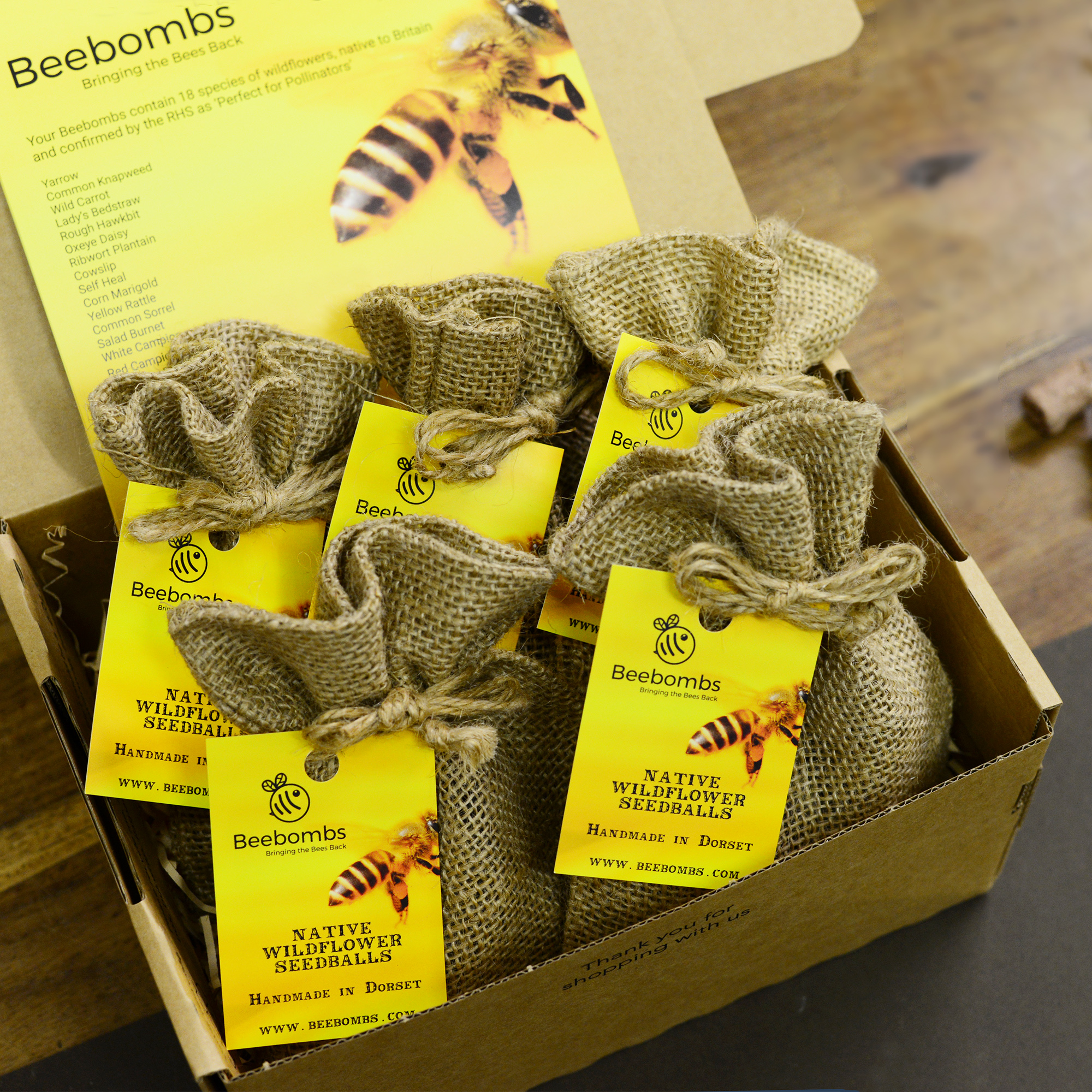Ladybird
It's not all about the Bees. Beebombs are dedicated to bringing all pollinators back, by increasing wildflower habitat throughout the UK. 97% of which has been lost since WW2.
Intensive agriculture, urbanisation and increased use of ever more effective pesticides are causing declines in many of our native pollinators. Beebombs are set on improving this situation, 21 square foot at a time.
On this blog, we'll be looking at a range of pollinating species and today we are focussing on the declining Ladybird.
Common Name: Ladybird
Latin Name: Coccinellidae
Information: There are 47 species of Ladybird in the UK and many of them are now in decline, The loss of habitat from industrialised farming techniques and rapid urbanisation across the UK that is effecting all of our pollinators, is equally taking it's toll on this iconic and charismatic insect.
After a 6 year study by the UK Ladybird Survey, looking into data collected over 200 years, they discovered that species such as the 10 spot and 14 spot Ladybird, historically native to the UK, have declined by as much as 20%.
There are several hypotheses for this decline. The invasive, cannibalistic Harlequin Ladybird, entered the UK in around 2004 and has decimated many of our native Ladybirds, especially the 2 spot sub-species. Habitat loss is also part of the issue and connected wildflower habitat will help halt the decline of these beautiful beetles.
Description: Ladybirds aren't always spotted and they are diverse in their colouring. The UK Ladybird survey have a great website you can use to find which Ladybird sub-species you have seen.
Concern Level: Mixed
Distribution: Throughout UK





